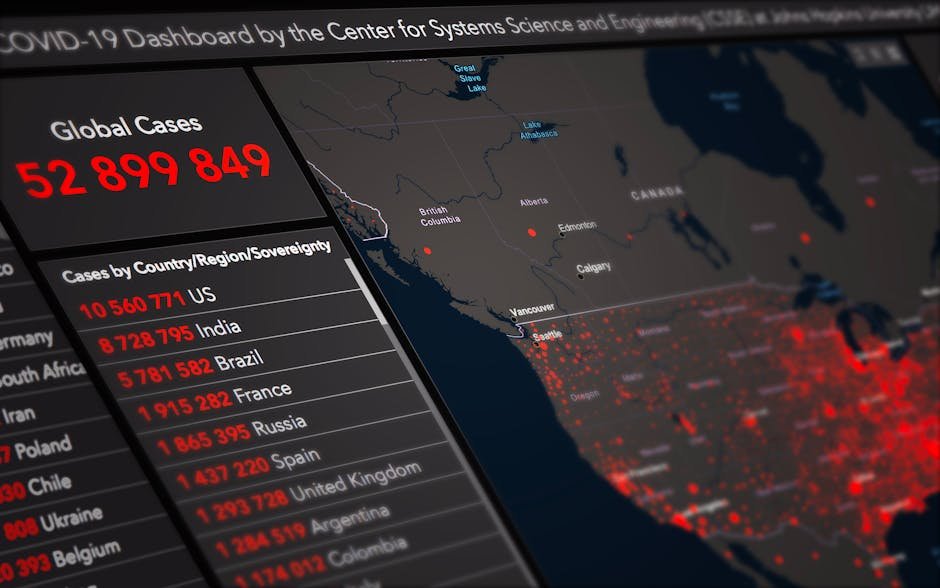The Rise of the Digital Nomad: Reshaping Global Work and Society in 2025
The year is 2025. The traditional office is increasingly a relic of the past, replaced by a globally dispersed workforce operating from cafes, co-working spaces, and even remote mountaintops. This burgeoning digital nomad lifestyle is profoundly reshaping industries, economies, and societal structures, presenting both opportunities and challenges for governments and businesses alike. This surge is fueled by advancements in technology, a changing work culture, and a growing desire for location independence.
The Expanding Digital Nomad Workforce: A Global Phenomenon
In 2025, the digital nomad population has exploded. While precise figures remain elusive due to the nature of the work arrangement, various studies and surveys indicate an unprecedented growth compared to previous years. This increase is not limited to specific demographics; it spans age groups, professions, and nationalities, reflecting a broader shift in attitudes towards work-life balance and career flexibility. The ease of communication and collaboration via high-speed internet and cloud-based platforms plays a crucial role in facilitating this dispersed workforce.
Geographic Distribution and Impact
The geographical distribution of digital nomads is equally significant. While traditional hubs like Bali and Chiang Mai continue to attract large numbers, a notable trend in 2025 is the diversification of locations. Smaller cities and even rural areas are becoming increasingly popular, driven by a combination of factors, including more affordable cost of living and a desire for less crowded work environments. This dispersal presents both opportunities and challenges for local economies. Increased tourism revenue is balanced against the need for improved infrastructure and the potential strain on resources.
Transforming Industries: Adapting to Remote Work
The impact of the digital nomad movement is felt across numerous sectors. Technology companies, already accustomed to remote work, are leading the charge, actively recruiting globally and creating opportunities for talent beyond traditional geographic boundaries. However, industries traditionally reliant on physical presence, such as healthcare and education, are also witnessing a growing adoption of remote work models, albeit at a slower pace. This necessitates the development of new technologies and training programs to effectively support remote collaboration and knowledge sharing.
Challenges and Adaptations in Traditional Sectors
Traditional sectors face unique challenges in adapting to the remote work paradigm. Ensuring data security, maintaining regulatory compliance, and fostering a strong company culture are all crucial considerations. However, some industries are finding innovative solutions. Telemedicine platforms are becoming increasingly sophisticated, allowing remote consultations and diagnoses, and online educational platforms are providing access to education for individuals across the globe. These innovations demonstrate the potential of digital nomadism to break down geographical barriers and increase access to essential services.
Economic Implications: Opportunities and Concerns
The rise of digital nomadism carries significant economic implications. For individuals, it presents the opportunity to increase earnings by accessing a global talent market, reducing living expenses in lower-cost locations, and enhancing work-life balance. For governments, it presents a complex scenario. Increased tourism revenue and tax collection from digital nomads are counterbalanced by the potential loss of tax revenue from traditional employment and the need for investment in infrastructure to support this growing population.
Taxation and Legal Frameworks
The issue of taxation is a central challenge. Traditional tax systems struggle to account for the location independence of digital nomads. Many countries are grappling with how to best tax the income earned by individuals who may spend only a portion of the year within their borders. Legal frameworks governing employment contracts, data privacy, and intellectual property rights also need updating to adequately address the realities of a globally dispersed workforce. International cooperation and the development of standardized regulations are crucial to avoid creating an uneven playing field.
Societal Impact: Culture, Community, and Co-living
The digital nomad movement is also fundamentally reshaping societal structures. The increased mobility and interaction of individuals from diverse backgrounds is leading to greater cultural exchange and understanding. However, concerns about the potential for displacement of local communities and the impact on the affordability of housing in popular digital nomad destinations remain valid. The rise of co-living spaces addresses some of these concerns by providing a sense of community and shared resources for digital nomads, while simultaneously mitigating the impact on the local housing market.
The Digital Nomad Community and its Evolution
A vibrant community of digital nomads has emerged, fostered by online forums, social media groups, and co-working spaces. This sense of community provides support, networking opportunities, and a shared experience for individuals working remotely in diverse locations. However, the lack of physical proximity can also contribute to social isolation for some. Maintaining social connections and fostering a sense of belonging is an ongoing challenge within this globally dispersed community.
The Future of Work: Predictions and Adaptations
The trends observed in 2025 suggest that the digital nomad movement will continue to grow in the coming years. Technological advancements, evolving work cultures, and a growing desire for location independence will all contribute to this trend. However, navigating the economic, legal, and societal challenges presented by this shift will require collaboration between governments, businesses, and the digital nomad community itself. The future of work is likely to be increasingly fluid, geographically dispersed, and centered around individual autonomy and flexibility.
Key Takeaways and Predictions for 2025 and Beyond:
- Explosive Growth: A significant increase in the number of digital nomads globally, exceeding previous years’ growth.
- Geographic Diversification: A shift away from traditional hubs towards smaller cities and rural areas.
- Industry Transformation: Adaptation of remote work across a wider range of sectors, despite challenges in some areas.
- Economic Impacts: Increased tourism revenue and tax revenue in some regions but also potential loss of tax revenue and strain on resources in others.
- Societal Shifts: Greater cultural exchange but also potential for displacement of local communities and challenges regarding social isolation.
The rise of the digital nomad represents a fundamental shift in how we work and live. Successfully navigating this transformation requires proactive adaptation, thoughtful policymaking, and a willingness to embrace a more fluid and globally interconnected future. The challenges are significant, but the potential benefits for individuals and society as a whole are equally substantial. The coming years will determine whether this movement leads to a more equitable and fulfilling world of work or exacerbates existing inequalities.







